A few weeks ago my family and another family went down to Singapore and Indonesia for Spring Break. Michelle and I went to Singapore for our honeymoon many, many years ago. Singapore is one of the best places I've ever eaten in the world thanks to their diverse culture and high standards. Everyone I've ever met from Singapore was a foodie. That said, among the embarrassment of riches in Singapore, since our honeymoon we've both dreamed about the quintessential Singaporean local dining experience: hawker stalls.
These are food centers, like a food court but standalone instead of in a shopping mall (althought there are awesome food courts in Singapore too like Food Republic.) There are dozens of stalls cooking a range of food that mirrors Singapore's diversity: chili crab, pepper crab, satays, grilled seafood, curries, roti, shaved ice, ramen, Chinese vegetables, and more. Other stalls have beers, awesome limeade drinks, and other drinks. Each table has a number on it. You choose a table and then go from shop to shop ordering and leaving your table number. They'll deliver the food, which is when you pay.
Newton Circus is probably the best known and most popular among tourists; it's convenient and very good (and nice on pleasant evenings since they have outdoor seating). However, we really preferred the more local Chomp Chomp. Aside from the obviously awesome name, the food was better and the scene less touristy/pushy. Many, many thanks to our friend Meng who recommended Chomp Chomp and other fantastic places to eat.
The entrance to Chomp Chomp. 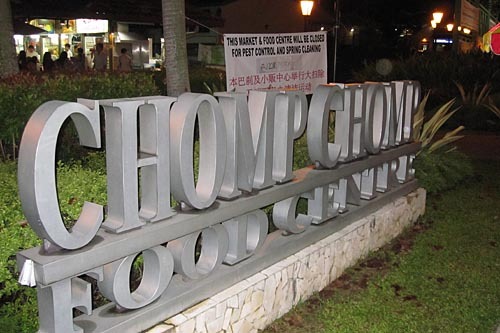
The scene at Chomp Chomp: 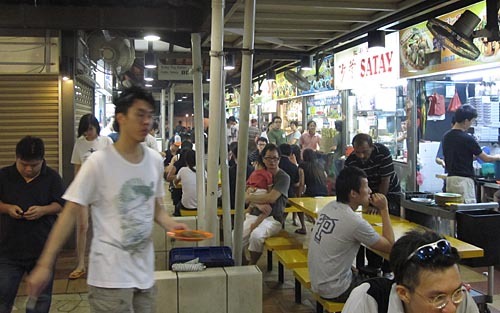
A master at work grilling chicken wings over a wood coal fire; he's using the fan to help control the heat. 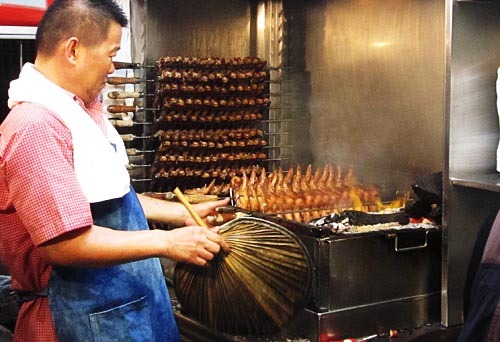
Grilled (huge) prawns 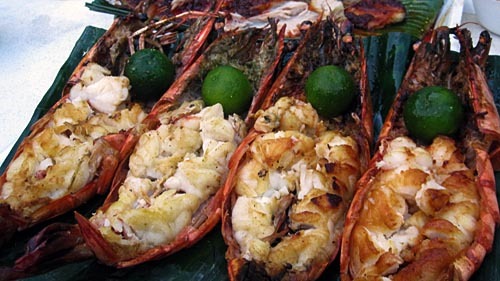
The most awesome pork and beef satays as they're meant to be: hot, bite-sized, and in quantity. 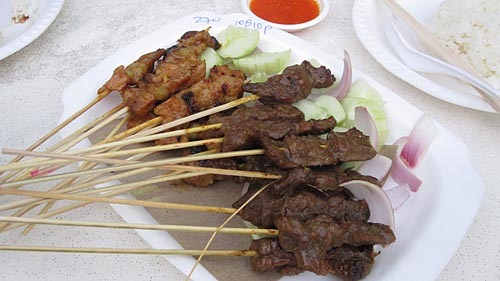
This was perhaps the consensus favorite: grilled skate wing covered in sambal sauce (kind of a chili sauce). The bowl of heavenly goodness to the left is peanut sauce for dredging satays though. My mouth is watering as I write this. 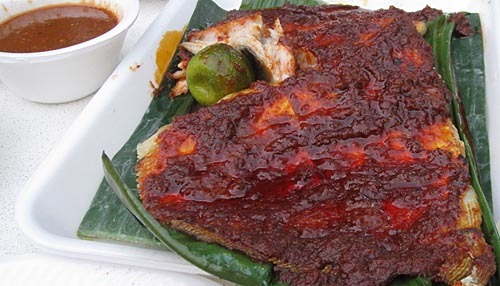
The other thing we really all loved was chili crab, with a side of fried rolls for sopping up every drop of the mind-blowing sauce. Unfortunately, I couldn't hold myself back long enough to take a photo before diving into the messy, spicy treat. Chinese vegetables stir-fried with sambal sauce were also ridiculously good.
Hawker stalls are local food at its best -- inexpensive, a reflection of the society and land, and just plain awesome.

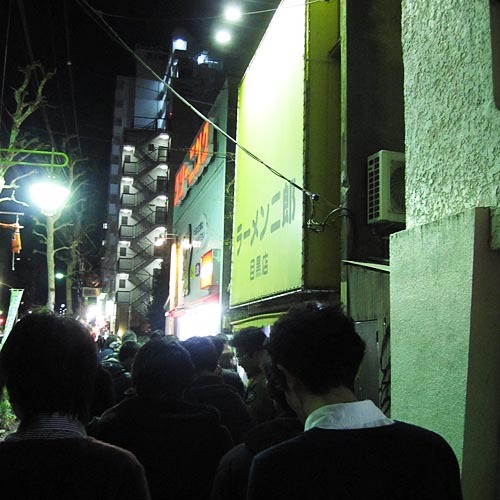
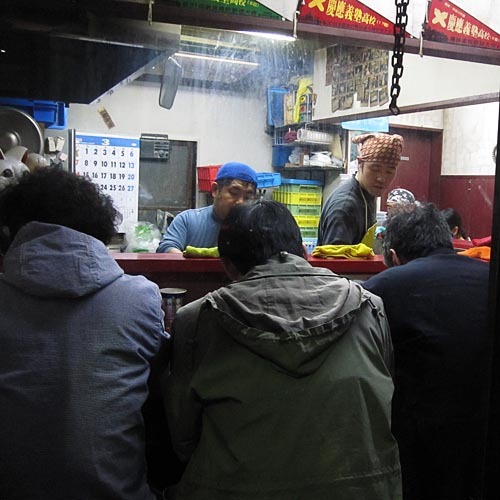
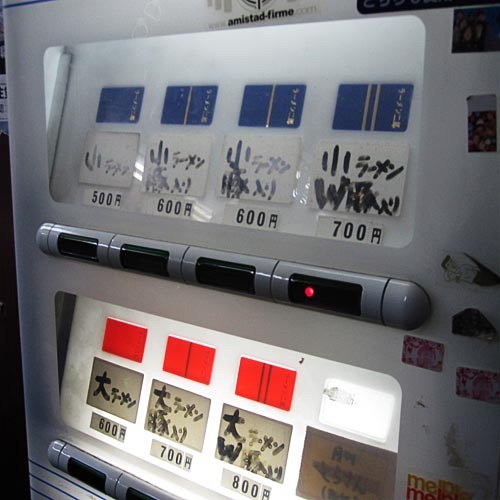
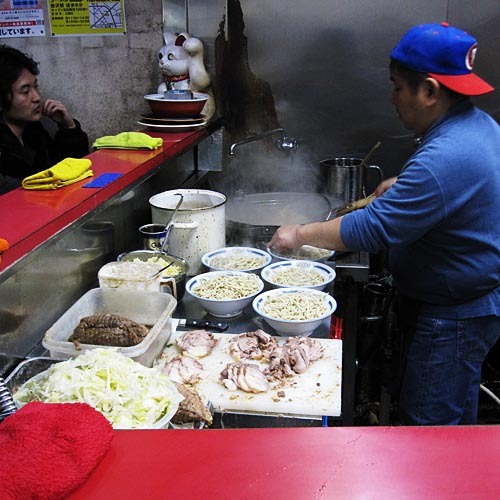
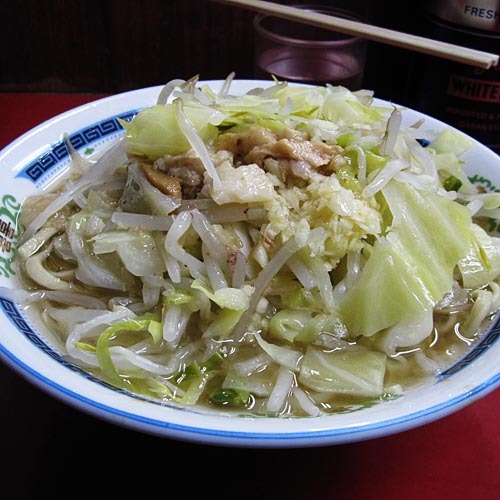
_a782b286-d4ac-4049-aead-8b23ceb32a1d.jpg)

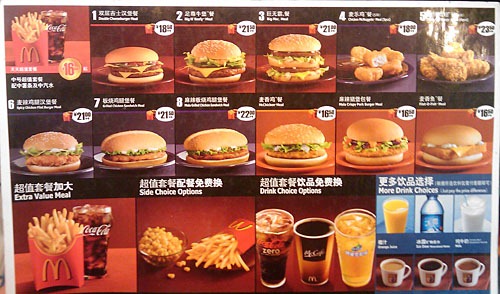
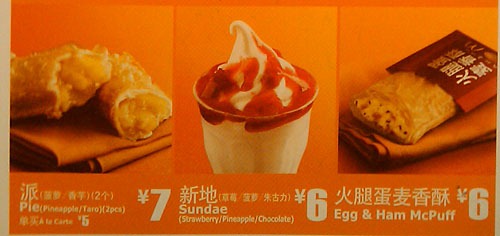
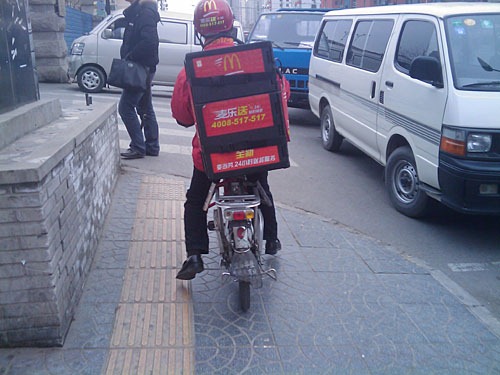
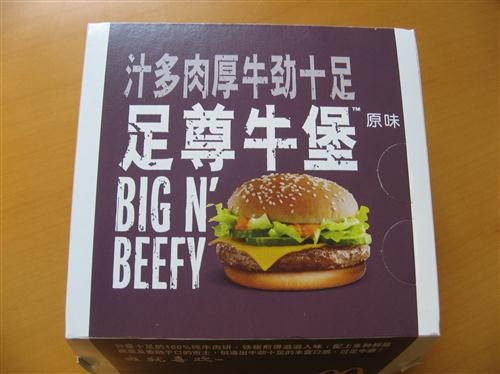
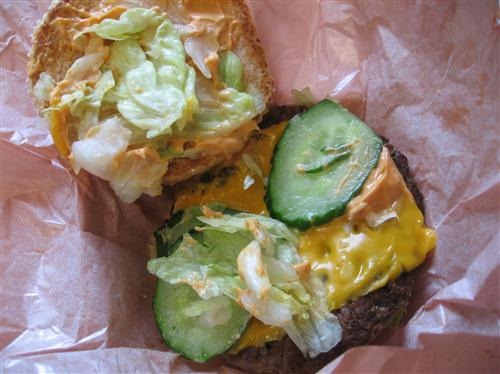
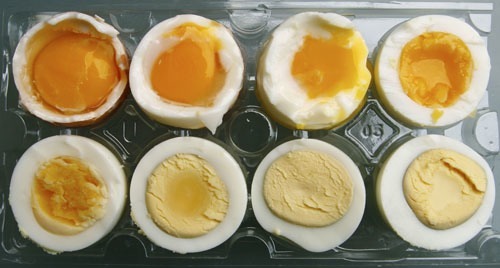

.jpg)
.jpg)
.jpg)
.jpg)
.jpg)
.jpg)